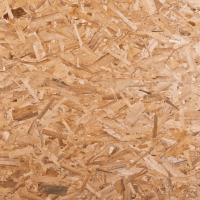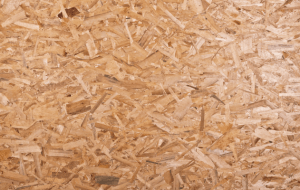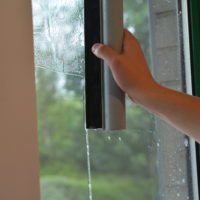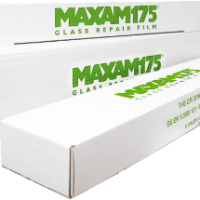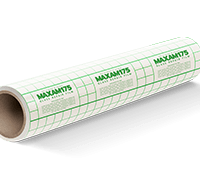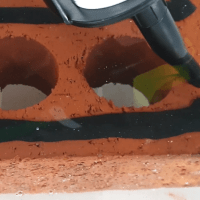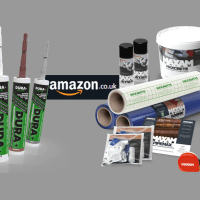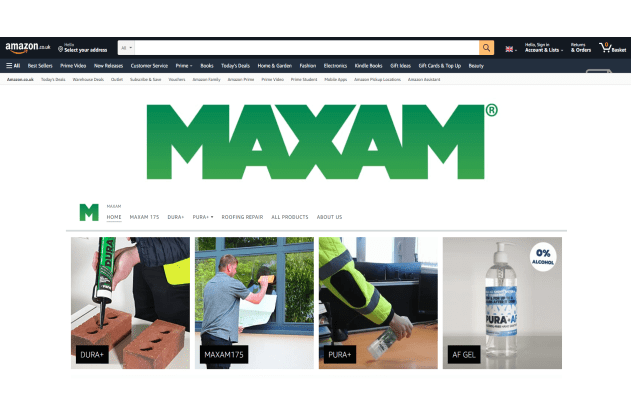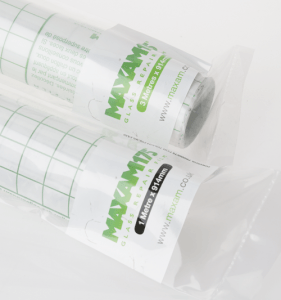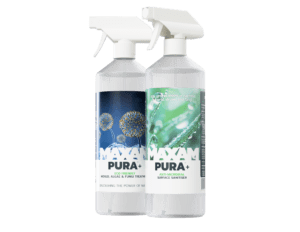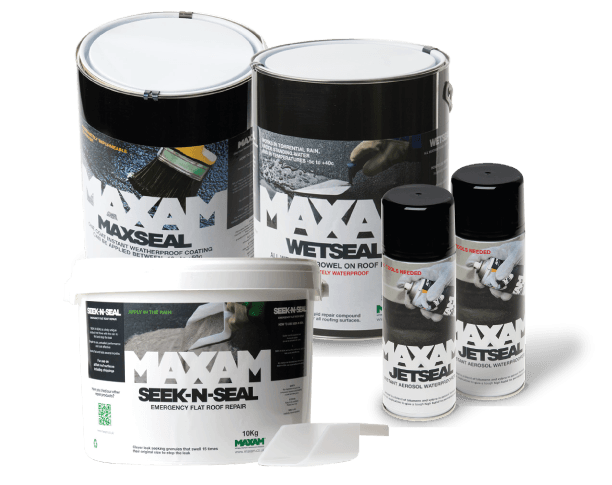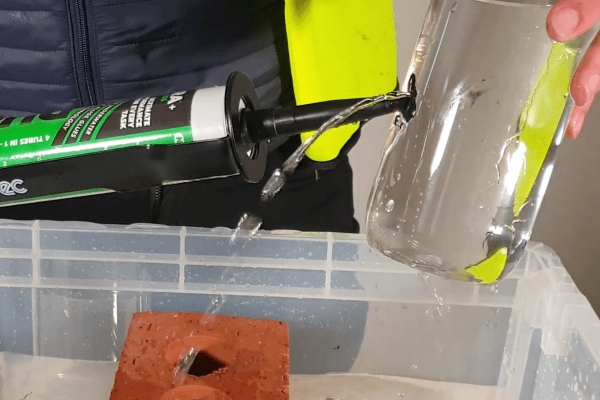If left untreated, mould and dampness in homes can cause potentially life-threatening respiratory conditions. While this is a problem that can potentially affect any house, it has become prevalent in social and private housing sectors, where mould has all too frequently been ignored, treated inadequately or without sufficient urgency.
As is often the case, it took a tragic death to bring change to this situation.
What is Awaab’s Law?
In December 2020, two-year-old Awaab Ishak died from a respiratory condition caused by prolonged exposure to mould in the social housing flat he called home in Rochdale, Greater Manchester. The coroner called this “a defining moment”.
With a fast-tracked review of the present guidance surrounding the health impacts of damp and mould already underway, the Government has now tabled amendments to the Social Housing (Regulation) Bill. Dubbed “Awaab’s Law”, these will require landlords to investigate claims of damp and mould and fix serious problems within strict time limits.
The Housing Ombudsman will also be given new powers to ensure compliance with the new regulations, placing pressure on the housing sector to carry out urgent remedial works. This has understandably raised concerns in the sector, but with the right approach to mould and damp removal and treatment, landlords and tenants have nothing to fear.
How can mould be removed from a property?
The first step in eradicating mould from a property is to identify the cause of the mould. This will often be due to excess moisture, lack of ventilation or a combination of the two.
- Roofs, gutters and pipes should be checked for leaks and wooden windows and doors for signs of rot.
- Areas of high humidity such as kitchens and bathrooms should be well-ventilated and vents should be periodically checked to make sure they aren’t blocked or obstructed.
- Outlets from washing machines, dishwashers and tumble driers should also be checked regularly.
- Furniture placed against outside walls, particularly those of older properties without wall insulation, can also retain mould-causing moisture.
Any material or surfaces that are porous – wallpaper, ceiling tiles, carpets – will retain moisture and can encourage mould growth. If these cannot be effectively cleaned and the mould neutralised, they should be removed from the property.
How can mould be removed and neutralised?
Once the sources of moisture and damp have been identified and rectified it’s important to remove and neutralise any remaining mould. This isn’t just because it looks unsightly; untreated mould spores will continue to be a health hazard and will encourage the return of further growth.
When removing mould from a property, care needs to be taken to protect the operatives carrying out the work and the residents, and to minimise legal disrepair claims.
This is where Pura+ from Maxam comes into its own. This two-part mould treatment and protection system carries no risks of harm to human health but creates an effective barrier against the return of mould growth. It is also safe and easy to apply and with little to no damage to existing décor.
- Many biocides used to treat mould are highly toxic and harmful to human health. Children, the elderly and immuno-compromised or chronically sick people are particularly vulnerable, and operatives are also at risk of workplace exposure exceeding safe limits.
- Pura+ contains no dangerous biocides or other hazardous chemicals. As a result, operatives don’t need to wear specialist PPE and residents don’t need to be removed from the property while treatment is being carried out.
- Following treatment, the area is immediately safe for people and animals and it leaves no lingering unpleasant odour.
- That’s not to say it isn’t as effective – Pura+ kills 99.9999% of bacteria, viruses and fungi and prevents them from returning. In contrast, biocides are not effective against all microbial organisms and even if they neutralise the mould growth, allergenic spores and mycotoxins may still remain and present a health hazard.
- In many cases, mould can be removed from surfaces – even wallpaper – without damaging the surface or requiring redecoration. This can prevent further claims from residents to cover the cost of redecoration or repair.
How is Pura+ mould treatment applied?
Pura+ is a two-step process that first encapsulates and removes the mould and then creates an invisible antimicrobial barrier that inhibits future growth.
- While no specialist PPE is required, we advise wearing a face mask during the treatment process to prevent inhalation of mould spores.
- The contaminated surface is first sprayed with the Pura+ treatment solution, treating one square metre of the affected area at a time to encapsulate the mould.
- Once the surface is wet, scrub it with a stiff brush in a circular motion to remove the mould.
- When the entire area has been treated, it should be left to dry – this can be accelerated with a fan heater or dehumidifier.
- When the surface is completely dry, wipe it over with a soft microfibre cloth, and then spray it with Pura+ surface sanitiser.
You can also watch our video here to see how easy and effective Pura+ is on mould.
What do housing groups say about Pura+ mould treatment?
More than 100 UK housing groups have successfully used Pura+ to treat mould in homes. Here’s what a few of them have said about it.
- “Pura+ is a great product. We’ve been very impressed with the feedback we’ve been getting.”
Solihull Community Housing.
- “The best option appears to be the Maxam Pura + as it is the only one that does not have any ill health effects associated with it for general use.”
Health & Safety Section, Walsall Housing Group
- “Good stuff, does the job.”
Places For People
- “Really easy to use, no unpleasant fumes and was able to use on wallpaper with no discolouration at all, in all honesty, I was shocked with how effective it was with no damage or discolouration to decoration.”
Vivid Homes
What other products does Maxam offer?
Maxam supplies a wide range of property maintenance and repair products for social housing and public buildings.
With full sales support, technical information and free samples backed up by fast delivery times and a 100% satisfaction guarantee, we have become a trusted supplier to the UK’s top housing organisations.
If you would like to learn more, click on the link above to view our range or call our advisors on 0800 0922 923 or if you are outside the UK, +44 131 442 4343. Alternatively, drop us an email at web@maxam.co.uk.




